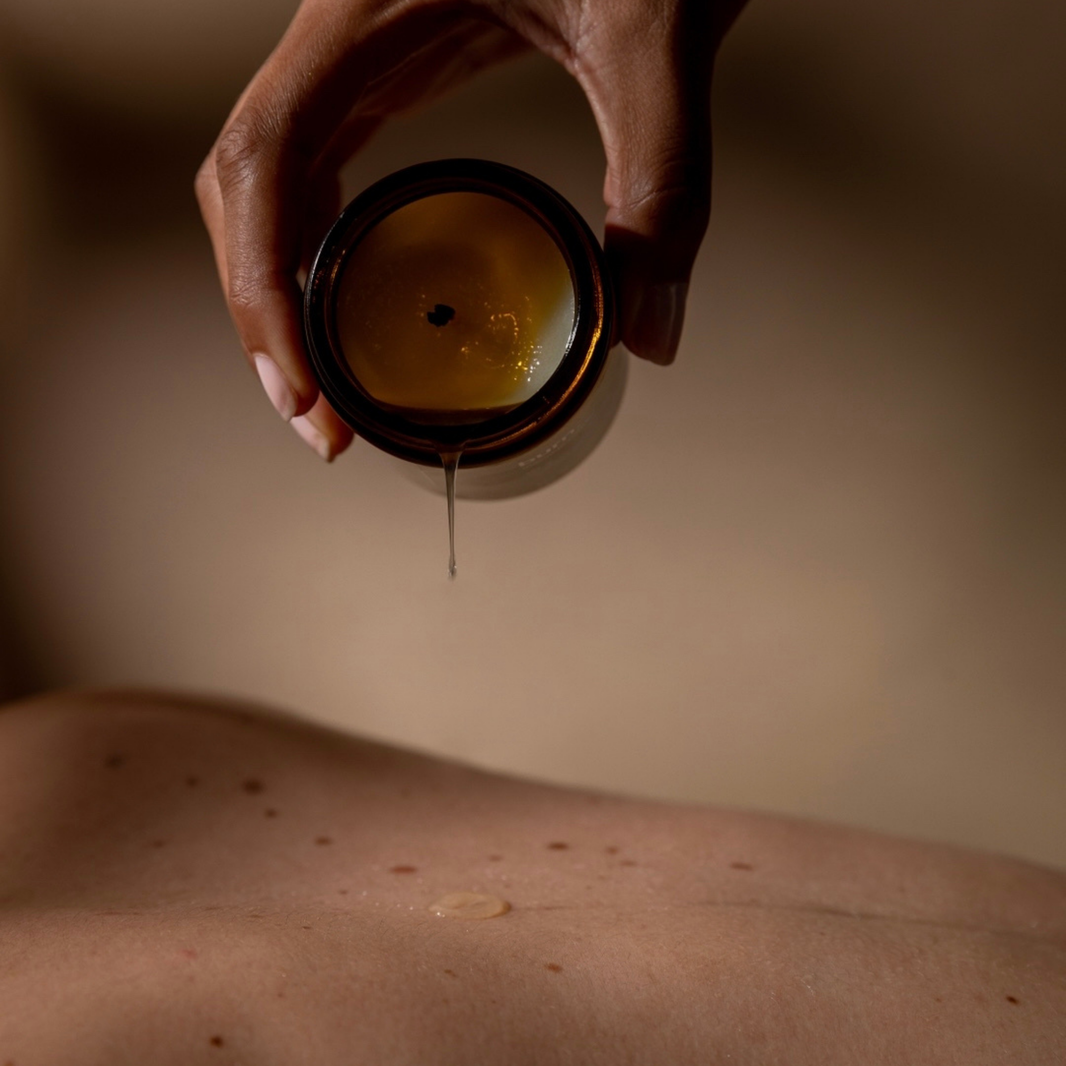Apparently, orgasms and food have more in common than we thought.
While a normal MRI (magnetic resonance imaging scan) uses a magnetic field and radio waves to create detailed images of the organs and tissues within the body, an fMRI measures the differences between oxygenated and deoxygenated blood to further track its flow to the brain.
With this imaging technique, scientists are able to scan people’s brains in real time to see which regions are active or inactive during particular tasks, acts, or even thought processes. This allows us to further see how the brain works and which parts of it are in direct communication with our minds, thoughts, and actions.
fMRI scans are fascinating, as they have the capacity to do incredible things such as allowing patients in a vegetative state to communicate freely or even showing us with magnetic technology if someone’s telling the truth. But what exactly can they do for our sex lives?
The recent explosion of neuroscience has been game-changing in terms of understanding the inner workings of the brain, and the fMRI gives researchers the ability to examine the human brain non-invasively while observing internal activities with ease.
With these scans, it’s possible to gain a better understanding of our thoughts, motivations, and behaviors, and even use brain activity to predict future behavioral patterns.
This imaging also gives researchers the opportunity to visualize brain structures and functions, while exploring various regions of the brain that show heightened activation during sexual stimulation.
In terms of human sexual behavior, brain imaging scans have been remarkably insightful. Sexual stimulation leads to the activation of the brain's processing centers, specifically related to our sense of touch.
However, other seemingly unrelated brain regions, such as the limbic system (memory and emotions), the hypothalamus (body movement control), and the prefrontal cortex (judgment and problem-solving), also join in with heightened levels of activation.
When it comes to orgasms, over 30 brain systems are actually activated, so research shows us there’s no single “sexual center.” Instead, it’s scattered across the brain.
Some surprising discoveries from fMRI scan research:
- The logical part of the brain shuts down during sex.
- During sexual activity, the lateral orbitofrontal cortex, which is responsible for logical reasoning, decision-making, and judgment, temporarily deactivates.
- This is why people tend to feel braver and less inhibited, with reduced fear and anxiety.
- Multiple brain areas are involved in orgasms.
- Research reveals that several parts of the brain, including the genital sensory cortex, hypothalamus, thalamus, motor areas, and substantia nigra, light up during sex and orgasm.
- The thalamus helps process movement and touch information, while the hypothalamus produces oxytocin, aiding arousal.
- Dopamine floods the brain during sexual activity.
- The brain releases dopamine—a key hormone related to desire, motivation, and pleasure—during sexual activity. Dopamine helps the brain focus on rewards, such as sex or food, and drives us to seek more of them.
- Oxytocin, the “bonding hormone,” is released during arousal.
- Produced in the hypothalamus and secreted from the pituitary gland, oxytocin promotes affection and strengthens social connections.
- It’s also released during breastfeeding, creating a sense of attachment.
- Orgasms stimulate the brain similarly to enjoying favorite foods or music.
- The brain’s reward pathways activate during sex and orgasm just as they do when you eat your favorite food or listen to a beloved song.
- Sex makes us less sensitive to pain.
- During sex, the pituitary gland releases endorphins, which reduce pain sensitivity and increase feelings of intimacy and bonding.
- Pain and orgasms share some brain activity centers.
- Certain brain regions associated with both orgasm and pain may explain why some people experience sexual pleasure from pain.
- The brain induces sleepiness after orgasm.
- Post-orgasm, the parasympathetic nervous system promotes rest. The prefrontal cortex slows down, encouraging sleep and relaxation.
- The brain can rewire itself to create new pathways for sexual pleasure.
- In some cases, such as paralysis, the brain can create different pathways to pleasure that aren’t dependent on genital stimulation, allowing people to experience orgasms through other body parts.
- Sexual activity promotes brain health.
- In evolutionary terms, orgasms encourage reproduction, but they also keep the brain healthy by increasing blood flow to various regions, as seen with fMRI scans.
So, next time you think about the benefits of sexual activity, remember—it’s all in the name of brain health!








